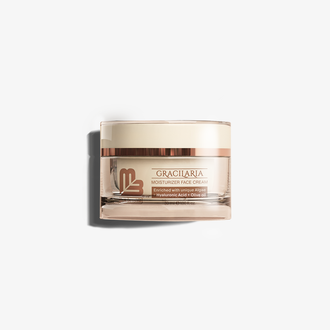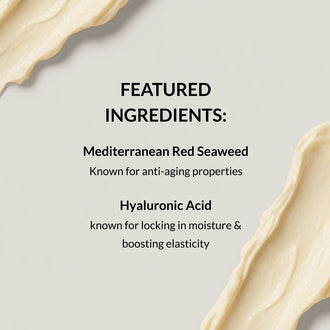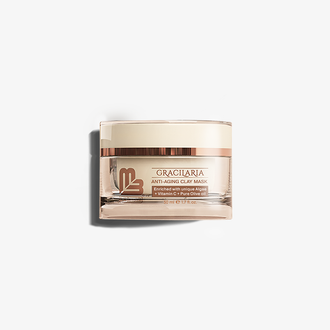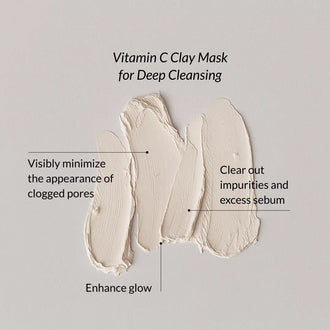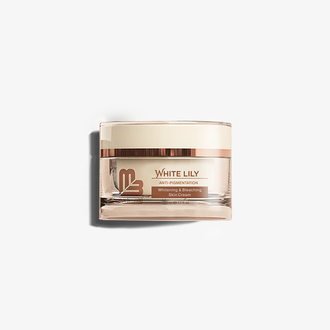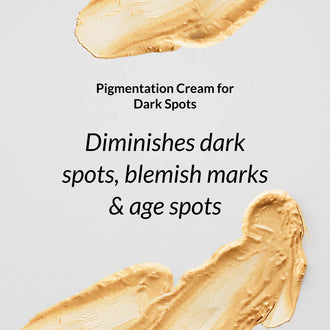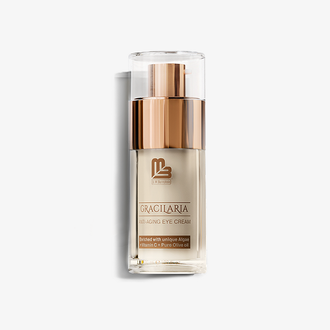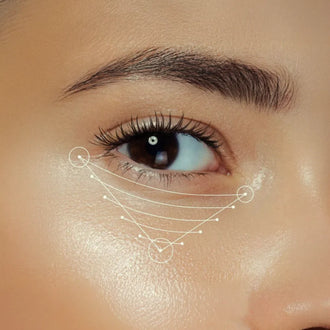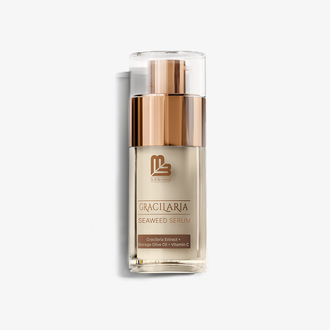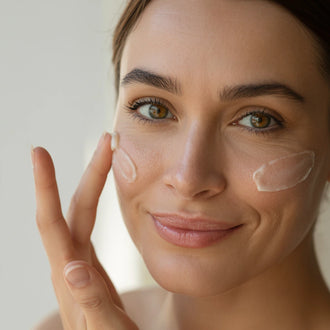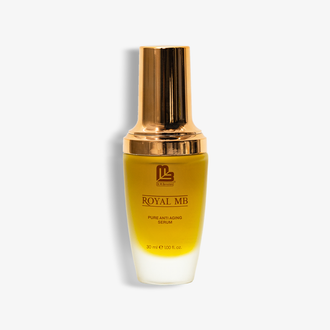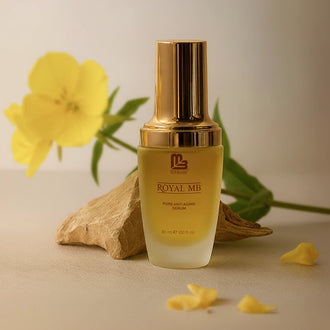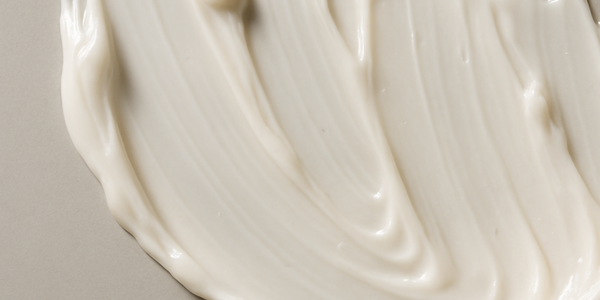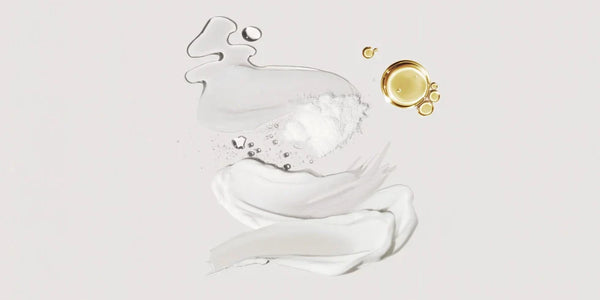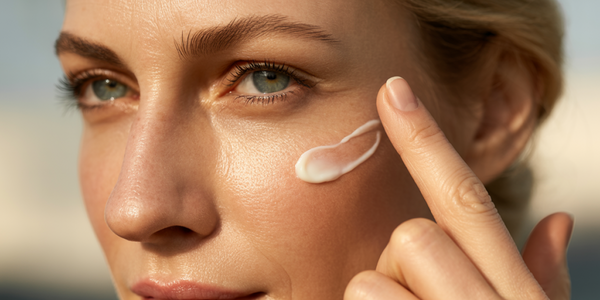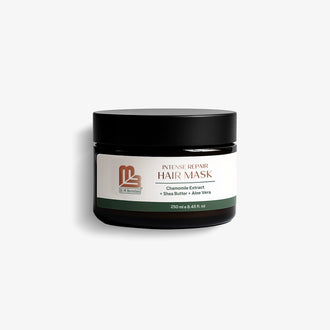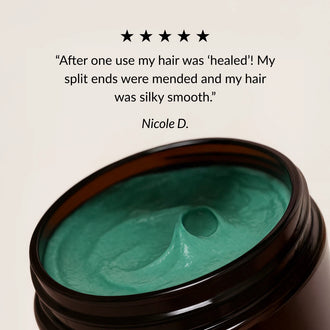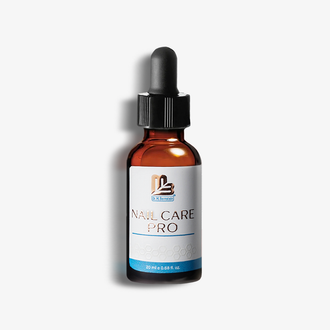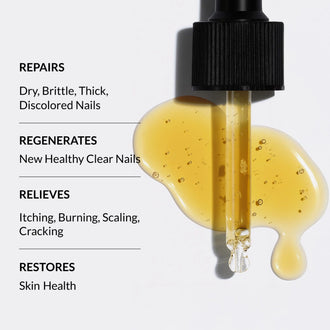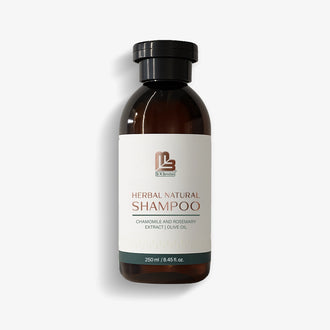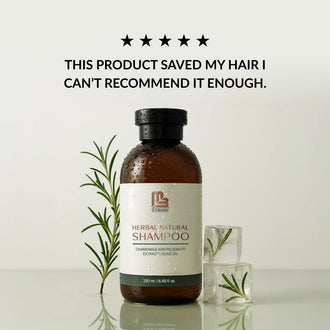Navigating the skincare world can feel like a science experiment gone wrong if you’re not careful! With so many actives on the market, it’s easy to wonder if you can mix vitamin C with hyaluronic acid or if retinol plays nice with benzoyl peroxide. While combining skincare ingredients the right way can do wonders, mixing the wrong ones might leave you with less-than-glamorous results.
A Quick Guide to skincare ingredients not to mix
Even the most seasoned skincare enthusiasts know some ingredients don’t get along. Too much of a good thing can turn into a skincare nightmare. With all the choices available, it's tempting to mix and match to achieve that perfect glow. But beware—some combinations can cancel each other out or lead to irritation or breakouts. Here’s a handy guide on what not to mix:
What Not To Use With Retinol: The Anti-Aging Superstar (With A Few Frenemies)
Retinol, also known as the fountain of youth in a bottle, is a powerhouse for reducing fine lines, wrinkles, acne, and uneven skin texture. It works wonders, especially when paired with moisturizing ingredients like hyaluronic acid. But hold up—there are a few skincare ingredients you should avoid when using retinol.
Retinol + Benzoyl Peroxide:
Bad news for those with acne-prone skin. While retinol fights signs of aging, benzoyl peroxide tackles acne by killing bacteria. But mix them, and you're asking for trouble—think dryness, irritation, and even burning. Sensitive skin? Stay far away from this combo.
Retinol + Vitamin C:
Retinol and vitamin C are both skincare heroes, but they operate best at different pH levels—retinol in a higher pH, and vitamin C in an acidic one. To avoid wasting their benefits, use vitamin C in the morning to shield against environmental damage, and save retinol for your nighttime routine.
Retinol + Alpha Hydroxy Acids (AHAs):
Both retinol and AHAs like glycolic acid boost skin cell turnover, which sounds great, but using them together can lead to over-exfoliation and irritation. A better approach? Alternate between them—retinol one day, AHA the next.
Retinol + Salicylic Acid:
Mature skin battling acne? Retinol and salicylic acid both dry out skin, so using them together can be too much. This can backfire by prompting your skin to produce more oil, leading to—you guessed it—more breakouts. Use salicylic acid in the morning and retinol at night for the best results.
What Not To Mix With Niacinamide? The Versatile Vitamin B3 With A Few Cautions
Niacinamide is a skincare darling for its ability to improve wrinkles, fine lines, and redness. But even this friendly ingredient has its limits.
Niacinamide + Vitamin C:
Contrary to outdated beliefs, niacinamide and vitamin C can be used together. Just make sure your skincare products are formulated properly—niacinamide works best at a neutral pH, while vitamin C thrives in an acidic environment. When done right, this duo can do wonders for dark spots and pigmentation.
Niacinamide + AHAs/BHAs:
Like retinol, niacinamide doesn’t mix well with acidic ingredients. Pairing niacinamide with alpha or beta hydroxy acids can lead to redness and irritation. The fix? Either use them at different times or give your skin a break between applications.
What Cannot Be Mixed with Vitamin C: A Brightening Hero with Boundaries
Vitamin C is your go-to for a brighter complexion, but it needs the right partners.
Vitamin C + Glycolic Acid:
These two work well when used separately—glycolic acid exfoliates at night, allowing vitamin C to work its brightening magic during the day. Together, they can be too much for some skin types.
Vitamin C + Salicylic Acid:
This pairing is not for the faint of heart—those with dry or sensitive skin should be cautious. But if you have oily or acne-prone skin, this combo can help smooth texture and brighten your complexion.
Vitamin C + Benzoyl Peroxide:
These two don’t get along. Benzoyl peroxide can oxidize vitamin C, making it less effective. Stick to using vitamin C in the morning and benzoyl peroxide at night.
What Not To Pair With Hyaluronic Acid? The Hydration Hero (With No Major Enemies)
Hyaluronic acid plays well with most ingredients, especially those focused on hydration.
Hyaluronic Acid + Polyglutamic Acid:
These two are a match made in moisture heaven. While polyglutamic acid forms a film on your skin’s surface to lock in moisture, hyaluronic acid works deeper to keep your skin plump and hydrated.
Hyaluronic Acid + Retinol:
These two are BFFs. Hyaluronic acid soothes any potential irritation from retinol, making them a great team.
Hyaluronic Acid + Glycolic Acid:
Perfect for dry skin, hyaluronic acid can counteract some of the irritation glycolic acid might cause.
Hyaluronic Acid + Ceramides:
Another winning combo! Both work together to help your skin retain moisture and stay hydrated.
In the world of skincare, mixing and matching is part of the fun, but it’s also a delicate art. With this guide in hand, you can confidently navigate your skincare routine without fear of accidental irritation or ineffective results. Happy layering!
Shop the Article
SAVE 40%
SAVE 30%
SAVE 34%
SAVE 40%
SAVE 34%
SAVE 33%


